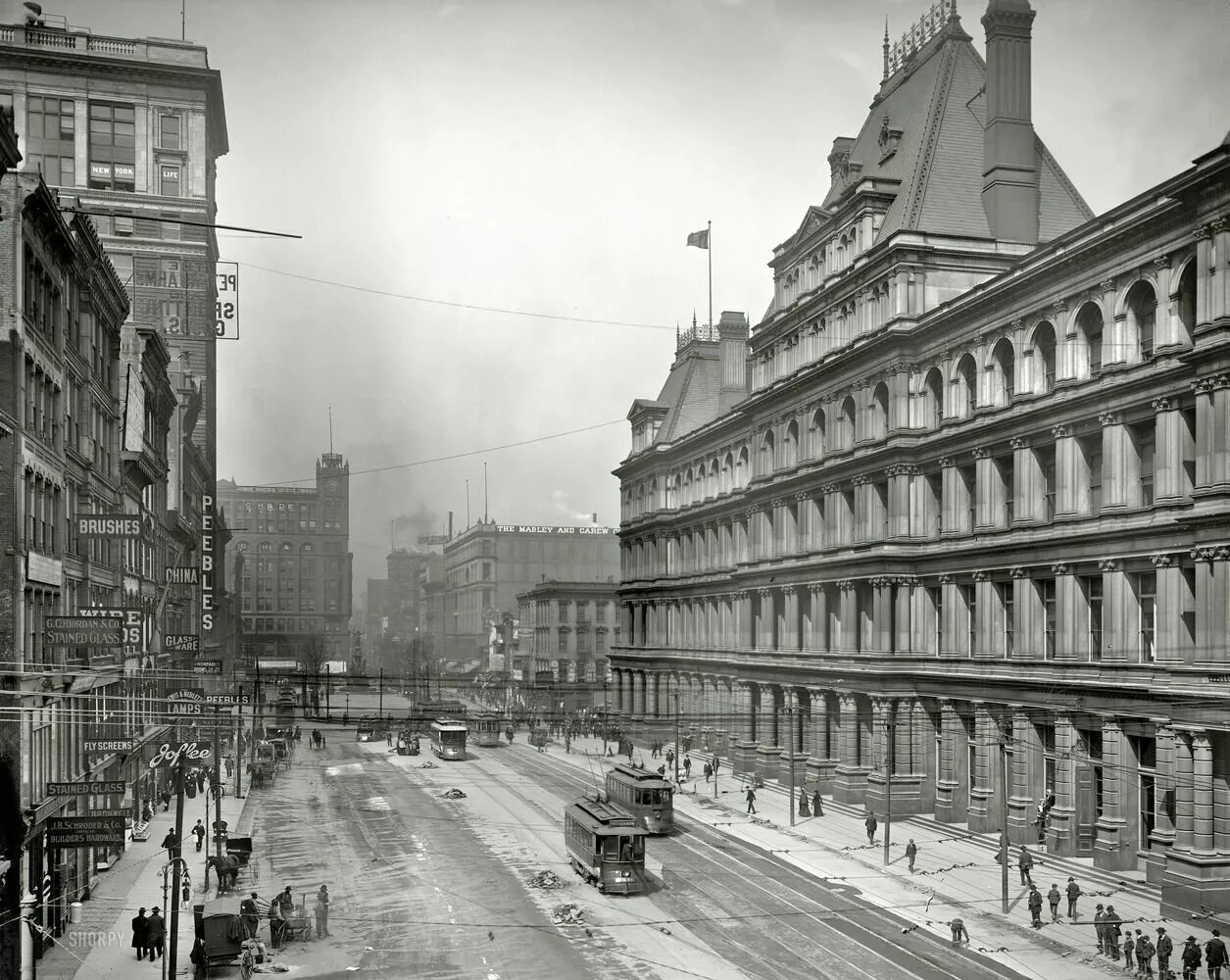There can be your advertisement
300x150
From Bauhaus to Postmodernism: How One Historian Changed the View of 20th Century Architecture
Look at familiar things from a different angle
Imagine you're flipping through a textbook on modern architecture. What do you expect to see? Skyscrapers, minimalism, glass and concrete? What if you looked at familiar things from a different angle? That's exactly what Kenneth Frampton offers in his book "Modern Architecture: A Critical View".
The book "Modern Architecture: A Critical View" was first published in 1980;
The author is Kenneth Frampton, a British architect, historian, and architecture critic;
Frampton offers an alternative view of the development of modern architecture;
The book covers the period from the end of the 19th century to the 1980s
The author introduces the concept of "critical regionalism";
Frampton's work became one of the key texts in the history of modern architecture;
The book has been republished several times, with the latest edition released in 2020.
Imagine a person who is simultaneously an architect, historian, and critic. That's exactly what Kenneth Frampton is. Born in 1930 in Britain, he didn't just observe the development of modern architecture – he actively participated in its interpretation.
Frampton received his architectural education in London, but soon realized that he was more interested in the theory and history of architecture. He taught at leading universities worldwide, including Columbia University in New York, where he became a professor.
But why is his opinion so important? Frampton doesn't just describe buildings and styles. He analyzes the social, political, and cultural context in which 20th-century architecture developed. This allows one to see familiar structures in a completely new light.
 Photo: pinterest.com
Photo: pinterest.com1980: The Book That Changed the View of Modern Architecture
When the book "Modern Architecture: A Critical View" was published in 1980, few could have predicted its impact on architectural thought. It was a time when postmodernism was just gaining momentum, and modernism seemed to have run its course.
Frampton offered a fresh perspective on the history of modern architecture. He began his story at the end of the 19th century, tracing the evolution of architectural thinking through key figures and movements of the 20th century.
But what makes this book special? Frampton doesn't just list facts and dates. He analyzes how social and technological changes influenced architecture. For example, how the emergence of reinforced concrete changed approaches to building design or how socialist ideas influenced mass housing construction.
 Photo: pinterest.com
Photo: pinterest.comFrom Bauhaus to Postmodernism: A Journey Through the 20th Century
Frampton's book is an engaging journey through key moments in 20th-century architecture. You'll learn how the ideas of Bauhaus changed design approaches, how Le Corbusier redefined the concept of living space, and why skyscrapers became a symbol of American architecture.
But Frampton doesn't limit himself to well-known names and iconic buildings. He draws attention to lesser-known but equally important phenomena. For example, how architecture developed in third-world countries or the impact of brutalism on public buildings.
 Photo: pinterest.com
Photo: pinterest.com"Critical Regionalism": When Place Matters
One of the key ideas of Frampton is the concept of "critical regionalism". What does that mean? Essentially, it's an attempt to find a balance between global and local in architecture.
Frampton criticizes the "universal" approach of modernism, which often ignored local traditions and climatic conditions. Instead, he proposes architecture that considers the context of place – its culture, history, and climate.
This idea had a tremendous impact on architects worldwide. It made many think about how to create modern buildings that also respect and reflect local identity.
Why Does Frampton's Book Remain Relevant After 40 Years?More than 40 years have passed since the first edition of the book. During that time, it has been republished several times, with the latest edition released in 2020. Why is it still relevant today?
The reason is that Frampton touches upon questions that remain important. How to preserve cultural identity in an era of globalization? How to create sustainable architecture in the face of climate crisis? These questions are more relevant than ever.
Besides, Frampton's approach to analyzing architecture – through the lens of social, economic, and cultural factors – allows one to see modern trends in a broader context.
"Modern Architecture: A Critical View" by Kenneth Frampton is not just a textbook on architectural history. It's an invitation to reflect on how we build our cities and how it affects our lives. And perhaps, after reading this book, you will never look at buildings the same way again.
 Photo: pinterest.com
Photo: pinterest.comBook Cover: pinterest.com
More articles:
 Houses of the Soviet Era: A Guide for Beginners
Houses of the Soviet Era: A Guide for Beginners Kitchen DIY: How an IT Specialist Created a Functional Space in an Apartment
Kitchen DIY: How an IT Specialist Created a Functional Space in an Apartment Nostalgia Soviet-Style: What Was in Our Grandmothers' Apartments and Why It Was Cool
Nostalgia Soviet-Style: What Was in Our Grandmothers' Apartments and Why It Was Cool How to Maximize Space in a Small Apartment: Square Meters of Happiness
How to Maximize Space in a Small Apartment: Square Meters of Happiness Beautifully Transformed Standard New Building 63 m² Without Major Renovation
Beautifully Transformed Standard New Building 63 m² Without Major Renovation Micro-kitchen: how to fit the impossible in six square meters
Micro-kitchen: how to fit the impossible in six square meters 9 Main Trends in Country House Design 2024-2025
9 Main Trends in Country House Design 2024-2025 Stylish 4 sqm bathroom with the atmosphere of a real greenhouse
Stylish 4 sqm bathroom with the atmosphere of a real greenhouse